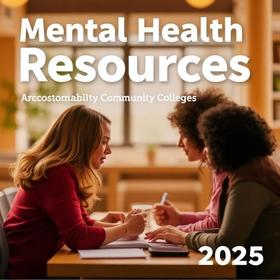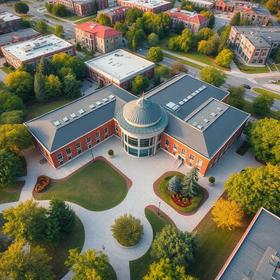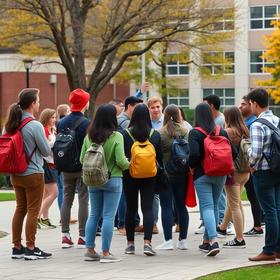Community Colleges in a Minute offers you a look at community colleges in the United States from 30,000 feet.. Use it as a starting point to explore this very accessible college-level education option. Whether you are considering a two-year Associate's degree or want to upgrade your skills, your local community college has the courses and programs to help you achieve your goals. It also has an informative website. So, explore it, and don't hesitate to contact the college with questions.
The number of Community Colleges in the U.S.A.
According to the American Association of Community Colleges, there are approximately 1038 community colleges as of 2023. Nine hundred thirty-two are public colleges, 32 are tribal institutions, and 71 are independent.
The Number of Students Attending Community College:
Community colleges serve millions of students yearly, making them a significant part of the higher education landscape. Find out more about community colleges in the U.S. by visiting the American Association of Community Colleges website.
The American Association of Community Colleges (AACC) is the primary advocacy organization for the nation’s community colleges. The association represents more than 1,000 2-year associate degree-granting institutions and nearly 12 million students.
Entrance Requirements
Community colleges generally have open admission policies, making them accessible to a wide range of domestic students. North Carolina, for example, has a state-mandated Open door Admissions policy.
The colleges of the North Carolina Community College System maintain an “Open Door” admissions policy. This policy




























